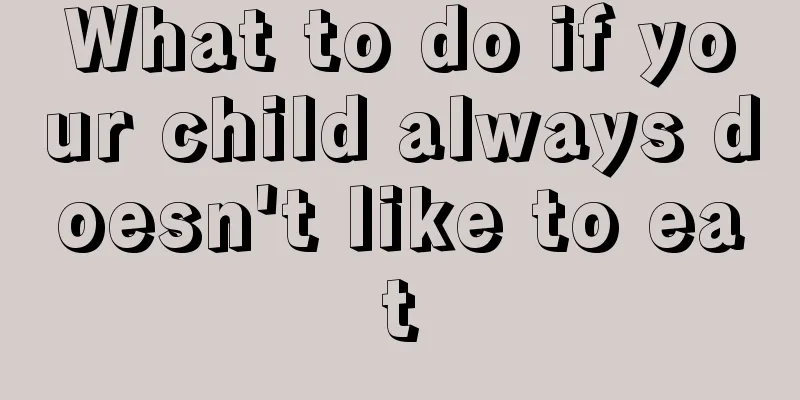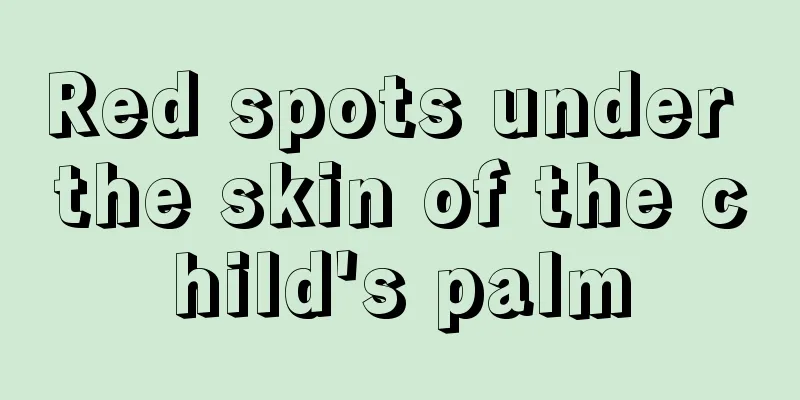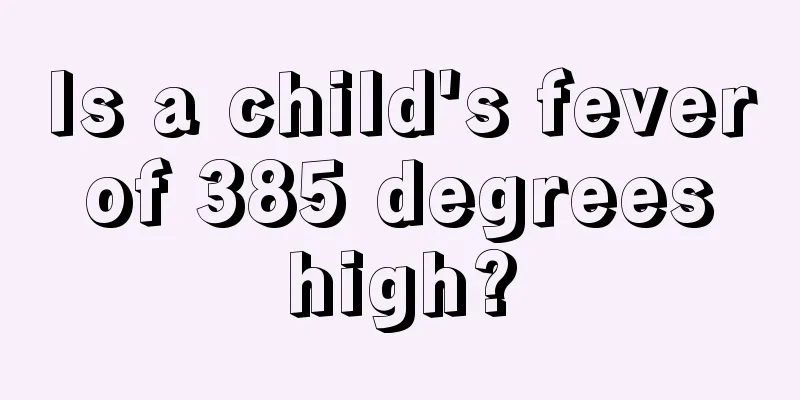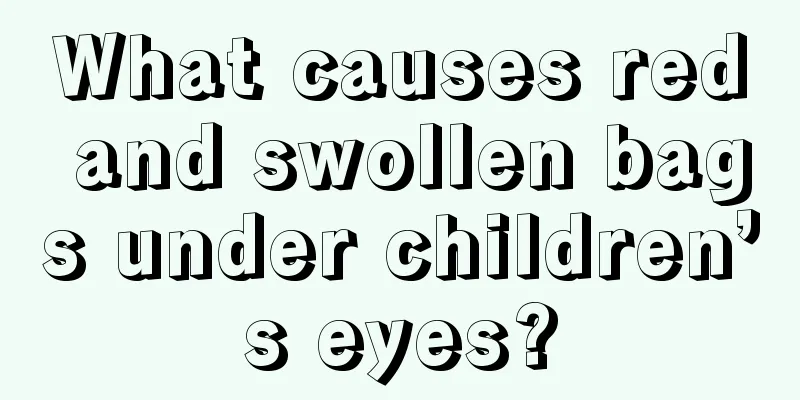What to do if a newborn has small red bumps on his face
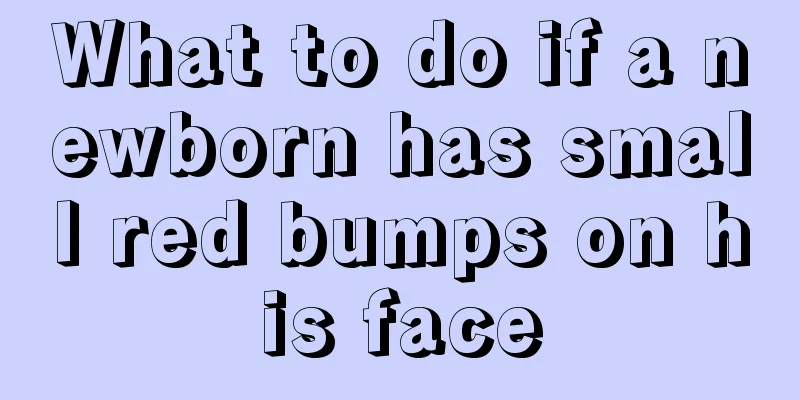
|
From the moment the baby is born, he or she receives careful care from his or her parents at all times. However, some newborns have small red bumps on their faces, and many mothers don’t know what’s going on. In fact, there is no need to worry too much. Generally speaking, newborns will experience jaundice, but it is not a big problem as long as it passes. Next, I will tell you the relevant knowledge in this regard to help you understand more about the little secrets of your baby's body. My ten-day-old baby has a yellow face. How do I determine what type of jaundice it is and whether the baby's bowel movements are normal? Jaundice is a process that every child must go through, and parents do not need to worry too much. Just listen to the doctor's advice and give your child medication and care on time. It will be fine soon. The following is a detailed explanation of jaundice in newborns: Unveiling the mystery of jaundice, most newborns may have yellow skin within a week after birth. This is due to the deposition of bilirubin in the body on the skin surface, which is medically called neonatal jaundice. Newborns have too many red blood cells in their blood, and these red blood cells are short-lived and easily destroyed, resulting in excessive bilirubin production. On the other hand, the immature liver function of newborns restricts bilirubin metabolism, causing newborns to experience jaundice for a period of time. Neonatal jaundice may be physiological or pathological. If it is physiological jaundice, it will disappear on its own without special treatment. Pathological jaundice is caused by disease, which leads to abnormal metabolism of bilirubin. It occurs in a specific period of newborns, significantly aggravates physiological jaundice, and is easily confused with physiological jaundice. Pathological jaundice is divided into: infectious and non-infectious. Infectious jaundice can be caused by infection with bacteria and other pathogens, such as viruses, Treponema pallidum, Toxoplasma, etc.; non-infectious jaundice includes hemolytic jaundice, biliary atresia and hereditary diseases. In addition to physiological and pathological jaundice, there is also a type of neonatal jaundice called breast milk jaundice. Its characteristics are: the degree of jaundice is higher than physiological, and the jaundice lasts for a long time, sometimes lasting as long as three months. However, the infant was generally well, and no other cause of jaundice could be found. Three days after stopping breastfeeding, the jaundice decreased significantly. Breast milk jaundice is related to intestinal reabsorption of bilirubin. Breast milk jaundice generally does not cause bilirubin encephalopathy. But it is worth noting that to diagnose breast milk jaundice, pathological jaundice must be ruled out first! To sum up, now that everyone understands the various situations of jaundice, they can definitely determine whether the small red bumps on their baby are caused by jaundice. If you cannot determine it, it is best to go to the hospital for a check-up to avoid missing the best treatment period. I hope that parents of babies can pay more attention to this information to avoid being in a hurry when the time comes. |
<<: How to prevent redness and swelling of baby's lower eyelid
>>: What should I do if my baby has a small red spot on his forehead?
Recommend
Attention: These bad habits can cause children to have uneven teeth
Bad oral habits such as sticking out the tongue, ...
How much milk should a 15 month old baby take?
When the baby is one year and three months old, e...
Correct posture for feeding a newborn with a bottle
Most parents let their newborns lie down while th...
Key points for cleaning children's smegma
Most children's foreskins are too long, so di...
Baby has rashes all over his body
1. The baby's bumps all over the body may be ...
What to eat for children with gastroenteritis
Diet in life is very important to us. Improper ea...
Symptoms and treatment suggestions for three-month-old babies with colds
A cold is a disease that can be serious or minor....
What to do if your child has hives?
Urticaria patients are of all ages, from infants ...
Normal thyroxine levels in newborns
The thyroid gland is an important organ in the bo...
How to make baby crucian carp tofu soup
For the babies in our lives, when cooking for the...
What foods can help children improve their memory?
If children eat too much acidic food, it will cau...
What should I do if my child has eczema on his face?
Eczema is one of the most common skin diseases in...
What should I do if my child has diarrhea and loose stools? Drink more warm water!
Many new mothers don’t know what to do when their...
Simple breakfast recipes for children
Breakfast, as the most important meal of the day,...
What's wrong with a child eating his feet?
For parents, watching their baby grow up day by d...
